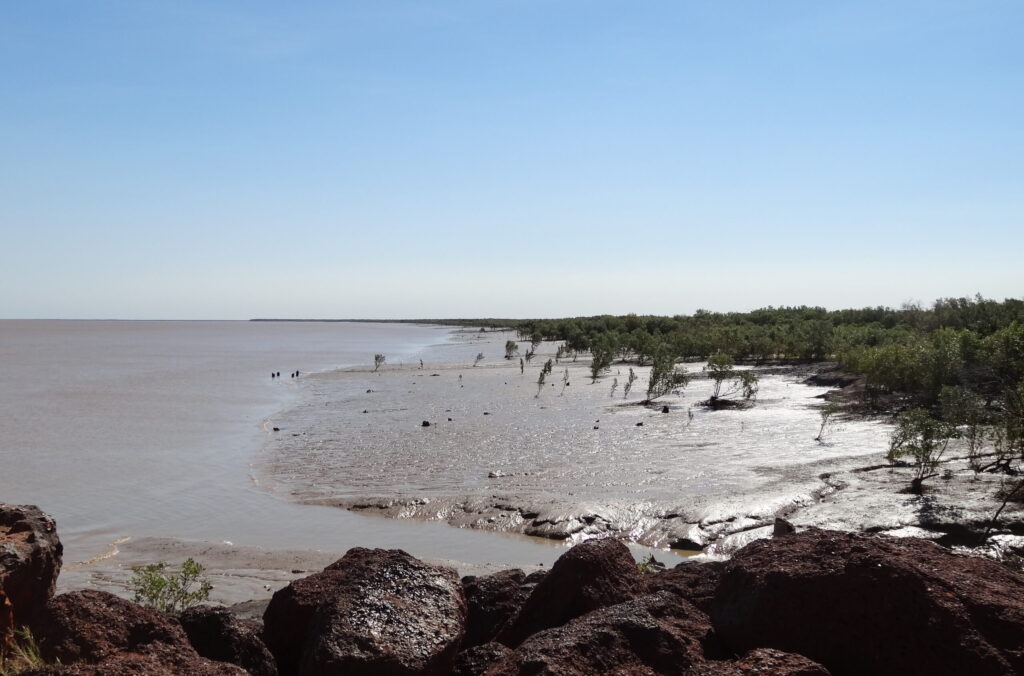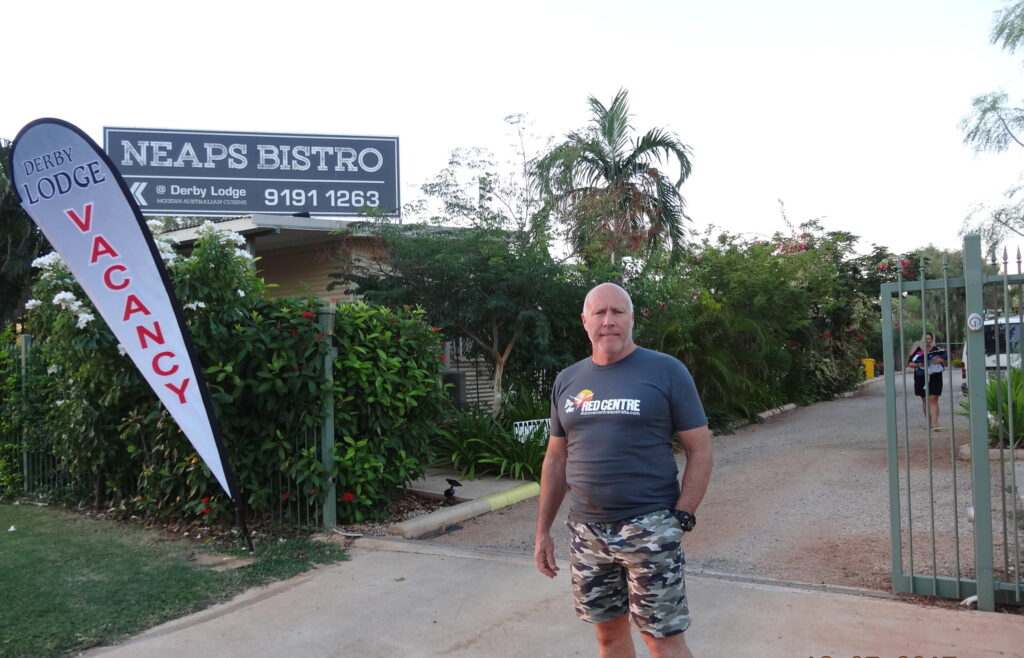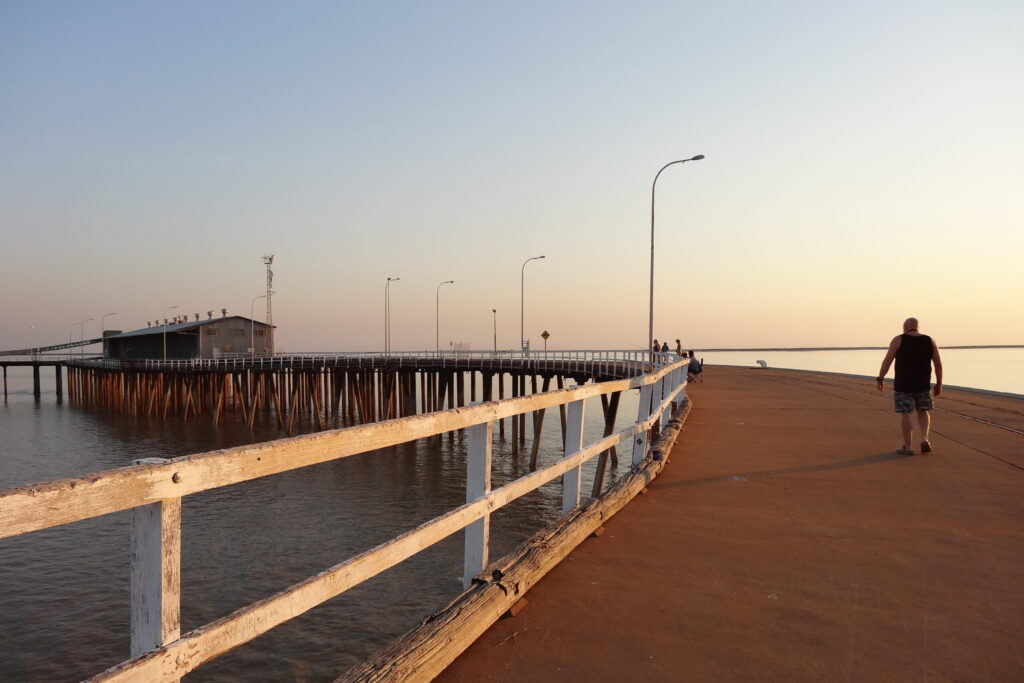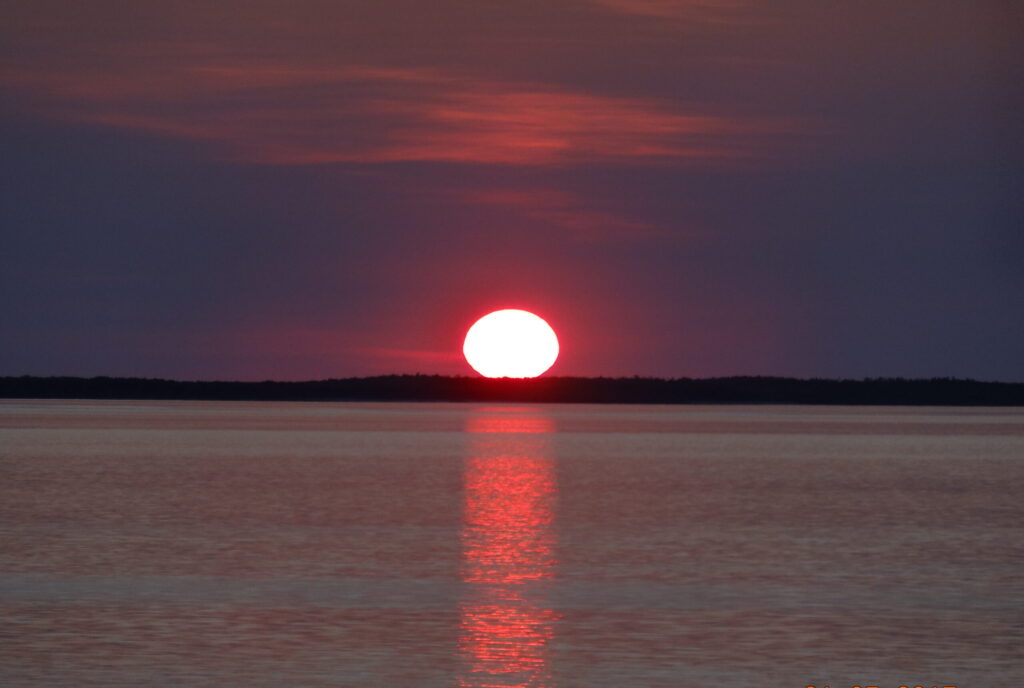Travel period 18-22 May 2017
The Home of the Boab Trees
Derby is a town in the Kimberley region of Western Australia, that is located on the edge of King Sound in far north Western Australia. It is the western gateway to the legendary Gibb River Road – Australia’s unique four-wheel drive experience.
Approximately 220 kilometres to the north-east of Broome, Derby’s claim to fame is having the highest tides of any Australian port. With a variation of over 11 metres, these extreme tides have created the most extraordinary phenomenon, the Horizontal Waterfalls of Talbot Bay.

Getting There
The Gibb River Road runs from Derby in the west through to Kununurra in the east. If you are travelling from Kununurra it takes about a ten-hour drive via Gibb River Road or just over a nine-hour drive via Great Northern Hwy.
Otherwise, a two and half hour drive north-east of Broome leads you to Derby. With flights direct to Broome from Perth, Melbourne, Sydney or Brisbane, it is very accessible.

The Experience
We travelled to Derby from El Questro via Gibb River Road by 4WD towing our off-road camper trailer. Derby was not in our itinerary, but because of the issue we had with our camper trailer, that had been tray-trucked to Derby to get fixed, we were obliged to stay in Derby.
We stayed at Derby Lodge conveniently located just a three-minute drive from the centre of Derby. The staff were lovely and helpful with what we needed, the room was spacious and very clean. We wholeheartedly recommend it.
The property had a lovely restaurant attached called Neaps, where we had our dinner on our first night stay. The food was delicious and the service was excellent. We really enjoyed our dining experience in there.

As our camper trailer needed a few days to get fixed, we took the opportunity to explore what the town of Derby had to offer. Here are our highlights of Derby:
Wharfingers House Museum
Located at the corner of Loch and Elder Street, the Wharfinger’s House Museum is only opened on request and the key is available from the Derby Visitor Centre.
The museum has a range of displays relating to the history of the town including its role in early aviation and the story of the SS Colac, which was damaged beyond repair after grounding just south of the Derby jetty in 1910.
The museum is set within a home that was built in the 1920s to house the Derby Port Wharfinger. The old building has been restored and is itself a fine example of the North West Regional or tropical style of building in the early twentieth century.

Prison Boab Tree
Seven kilometres out of town is the site of the Boab Prison Tree, a 1500-year-old boab tree that was used as an overnight lockup for prisoners.
A sign at the tree explains its complex history:
“Before Derby was established in 1883, Aboriginal people were kidnapped from the West Kimberley. The kidnappers, known as blackbirders, were settlers who were connected with the pearl industry. They wanted divers and workers for the pearling boats. They rounded people up, put them in chains and marched them to the coast. Some may have held their captives in the Boab Prison Tree while they waited for a boat.”
“The prisoners brought to Derby via the Boab Prison Tree came from as far away as Fitzroy Crossing and Christmas Creek. They generally walked from 24 to 48 kilometres each day, in chains, camping overnight at stations, waterholes or wells.”
Today it is recognised as a “Site of Significance” to the local Aboriginal people and there is a sign at the tree pointing out that the tree is protected under the Aboriginal Heritage Act 1972. As a warning the sign also notes that “snakes are known to inhabit the tree.”

Mowanjum Aboriginal Art & Culture Centre
In the Mowanjum Aboriginal Art & Culture Centre, we found the unique Wandjina figures on display. Also known as Gulingi, the Wandjina are cloud and rain spirits from Australian Aboriginal mythology that are depicted prominently in rock art in Australia.
Wandjina are usually painted as full-length, or head and shoulder figures, either standing or lying horizontally. When depicted with only head and shoulders the Wandjina is said to be moving across the sky in a cloud or storm. A full-bodied Wandjina is said to be present walking the Earth.
The facial characteristics of Wandjina can be seen to represent climatic features. The eyes of the Wandjina can represent thunderstorms and even the line between the eyes resembles a nose, but is actually a power line which is used to transfer energy. Small brush marks on the Wandjinas body usually represent rain drops.
The Mowanjum Aboriginal Art & Culture Centre on Gibb River Road is open seven day from 9.00 am – 5.00 pm from May to September and from Monday to Friday from 9.00 am – 5.00 pm from October to April. It is closed in January. For more information check out http://www.mowanjumarts.com.

Norval Gallery
Norval Gallery is run by a Kimberley artist husband and wife team Mark and Mary Norval. Set up in an old tin shed on the edge of town, the gallery showcases their own insightful work as well as the artwork of many indigenous artists from the amazing Kimberley region of Western Australia.
The gallery crammed full of artist Mark Norval’s work, past and present, along with artwork by other local artists. It is also featuring exquisite jewellery, carved Boab Nut, barista coffee, and a collection of 5000 vinyl records. A visit here was a feast for the eyes.
Derby Jetty
A short drive along the sealed road through the tidal marshes just north of the Derby town site, the unusual horseshoe-shaped jetty is open to pedestrians only. It is nice for a walk along the jetty to take in the sunset, or to see the 11 metre tides rushing in and out of King Sound.
Nearby the Wharf Restaurant and take away served a delicious meal. We had our meal fix here during our stay in Derby.

Sadly, that was the end of our adventure in Derby. Due to our tight schedule, we did not have enough time to visit other places such as:
- Pigeon Heritage Trail
Discover the intriguing story of the legendary Aboriginal tracker and outlaw, known as Pigeon, on the self-guided Pigeon Heritage Trail. The trail starts in the North West town of Derby, and visits a number of sites that held significance in Pigeon’s life and eventually takes you to the national parks Windjana Gorge and Tunnel Creek, where Pigeon was shot in 1897.
- Old Derby Gaol
The Old Derby Gaol is part of the Pigeon Heritage Trail and is registered as a National and State Heritage site. It is the oldest building in the town, dating from 1906.
- Buccaneer Archipelago
A beautiful area consisting of some 800 to 1000 rocky islands with small embayment’s and secluded white sandy beaches. This untouched region of Western Australia is also home to patches of rainforest, and a fringe of mangroves. This is also where the Horizontal Waterfalls are located, a phenomenon created by the huge tides rushing through narrow gaps between islands.

Derby really surprised us. We had not thought there was much to see and we did not expect to like it much, it was just going to be a transit town for us while we were waiting for the camper trailer to be fixed. But it is a nice town, with an interesting history and filled with very nice people. We wished we had more time, as we discovered that we visited only a few places in Derby but we missed a lot more.
Travel Safe!
Note: The information provided in this post was correct at time of publishing but may change. For final clarification please check with the relevant service.

